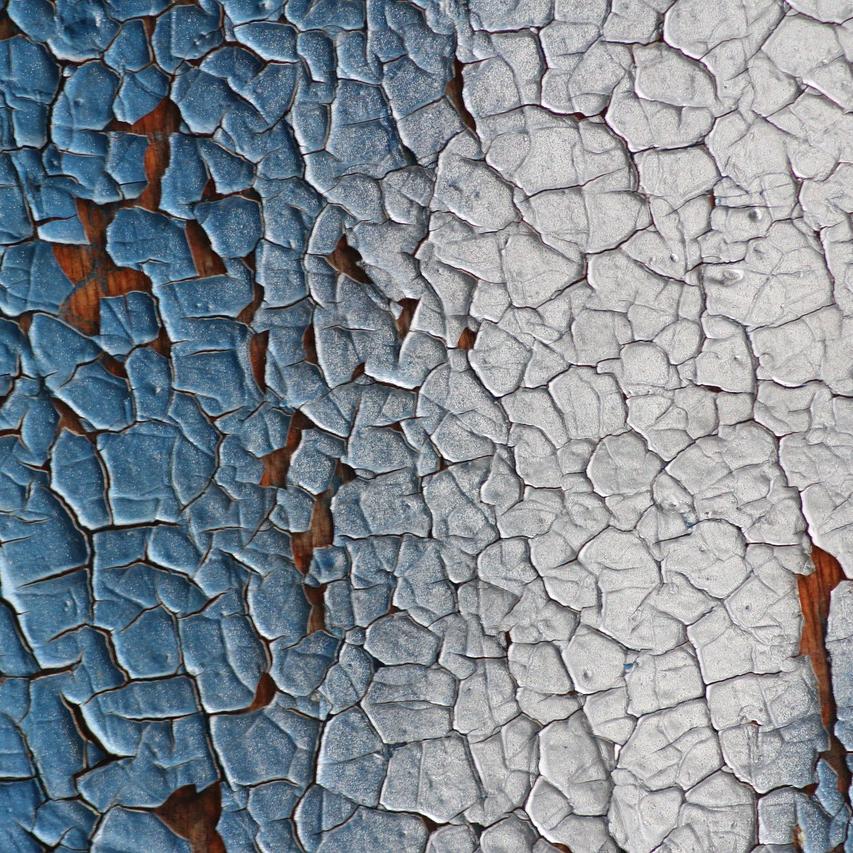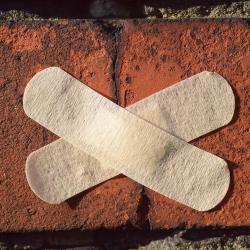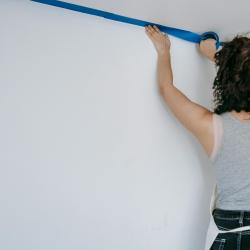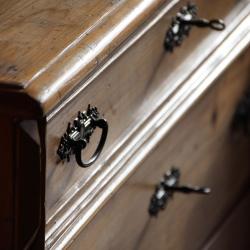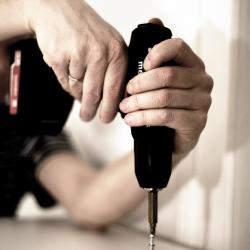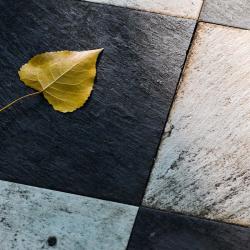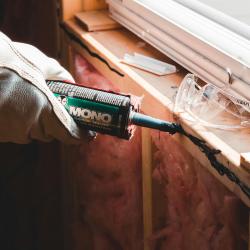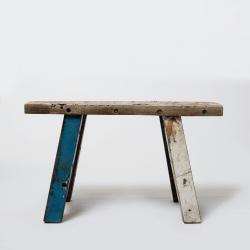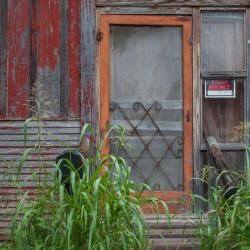How to Fix Peeling Paint on Your Walls
Peeling paint can be both an eyesore and a sign of underlying issues within a space. It can detract from the overall aesthetics of your home and potentially signal deeper problems, such as moisture infiltration or poor surface adhesion. Fortunately, addressing peeling paint is a manageable DIY project that can refresh and renew the appearance of your walls. Here’s a comprehensive guide on how to fix peeling paint on your walls, ensuring a long-lasting and professional finish.
Understanding the Causes
Before diving into the repair process, it’s essential to understand why paint peels. Common causes include:
- Moisture: High humidity levels or water leaks can lead to moisture absorption, causing the paint to lose its adhesion.
- Poor Preparation: Skipping steps like cleaning, sanding, or priming the surface before painting can prevent paint from properly adhering.
- Incompatible Paints: Applying oil-based paint over latex paint, or vice versa, without proper priming can result in peeling.
- Age: Over time, paint naturally deteriorates, leading to cracking and peeling.
Tools and Materials You Will Need
- Putty knife or paint scraper
- Sandpaper (various grits)
- Sponge or rag
- Mild detergent
- Painter’s tape
- Drop cloths or plastic sheeting
- Primer
- Paint (matching the existing wall color)
- Paintbrush or roller
- Patch compound (if needed)
Step-by-Step Guide to Fix Peeling Paint
Step 1: Prepare the Area
Start by preparing the workspace around the peeling paint:
- Clear the Area: Remove any furniture or decorations near the affected wall to protect them from dust and paint splatter.
- Cover the Floor: Use drop cloths or plastic sheeting to protect the floor from debris and paint drips.
- Ventilate the Room: Open windows or use fans to ensure good ventilation, particularly if you are working with paints or primers that contain strong fumes.
Step 2: Remove the Peeling Paint
- Scrape Off Loose Paint: Use a putty knife or paint scraper to gently remove all the peeling paint sections. Be thorough to ensure you don’t leave behind any loose edges that could lead to future peeling.
- Sand the Area: Once the peeling paint is removed, sand the edges and the surrounding area with medium-grit sandpaper to create a smooth transition between the painted and exposed surfaces.
Step 3: Clean the Surface
- Wash the Wall: Use a sponge or rag dampened with water and a mild detergent to clean the area thoroughly. This helps remove any dust, grease, or residue that might interfere with paint adhesion. Allow the wall to dry completely before moving on to the next step.
Step 4: Repair the Wall
- Inspect for Damage: Check the surface for any holes or deep cracks. If you notice any, apply a patch compound and sand it smooth once it dries. This ensures a level surface for painting.
Step 5: Prime the Area
- Apply Primer: Use a quality primer suitable for your wall type. Priming helps seal the surface, providing a uniform base that enhances paint adhesion and coverage. Let the primer dry completely before proceeding.
Step 6: Repaint the Area
- Choose the Right Paint: Match the existing paint as closely as possible to ensure a seamless repair. If the wall was painted a long time ago, you might want to repaint the entire section for consistency.
- Apply Paint: Using a brush or roller, apply the paint in even strokes. Depending on the paint and color, you may need two coats for full coverage. Allow the first coat to dry thoroughly before applying the second.
Step 7: Final Touches
- Remove Tape and Clean Up: Carefully remove any painter’s tape while the paint is still slightly wet to avoid peeling off the new paint. Clean your tools and tidy up the workspace, and enjoy your restored wall!
Preventing Future Peeling
To prevent paint from peeling in the future, consider the following:
- Control Moisture: Address any water leaks and ensure proper ventilation in humid areas like bathrooms and kitchens.
- Proper Surface Preparation: Always clean, sand, and prime surfaces before painting.
- Use Quality Materials: Invest in quality paints and primers, and ensure they are compatible with the existing paint layers.
By understanding the causes and taking the appropriate repair steps, you can effectively tackle peeling paint on your walls, restoring their appearance and preventing future problems.
